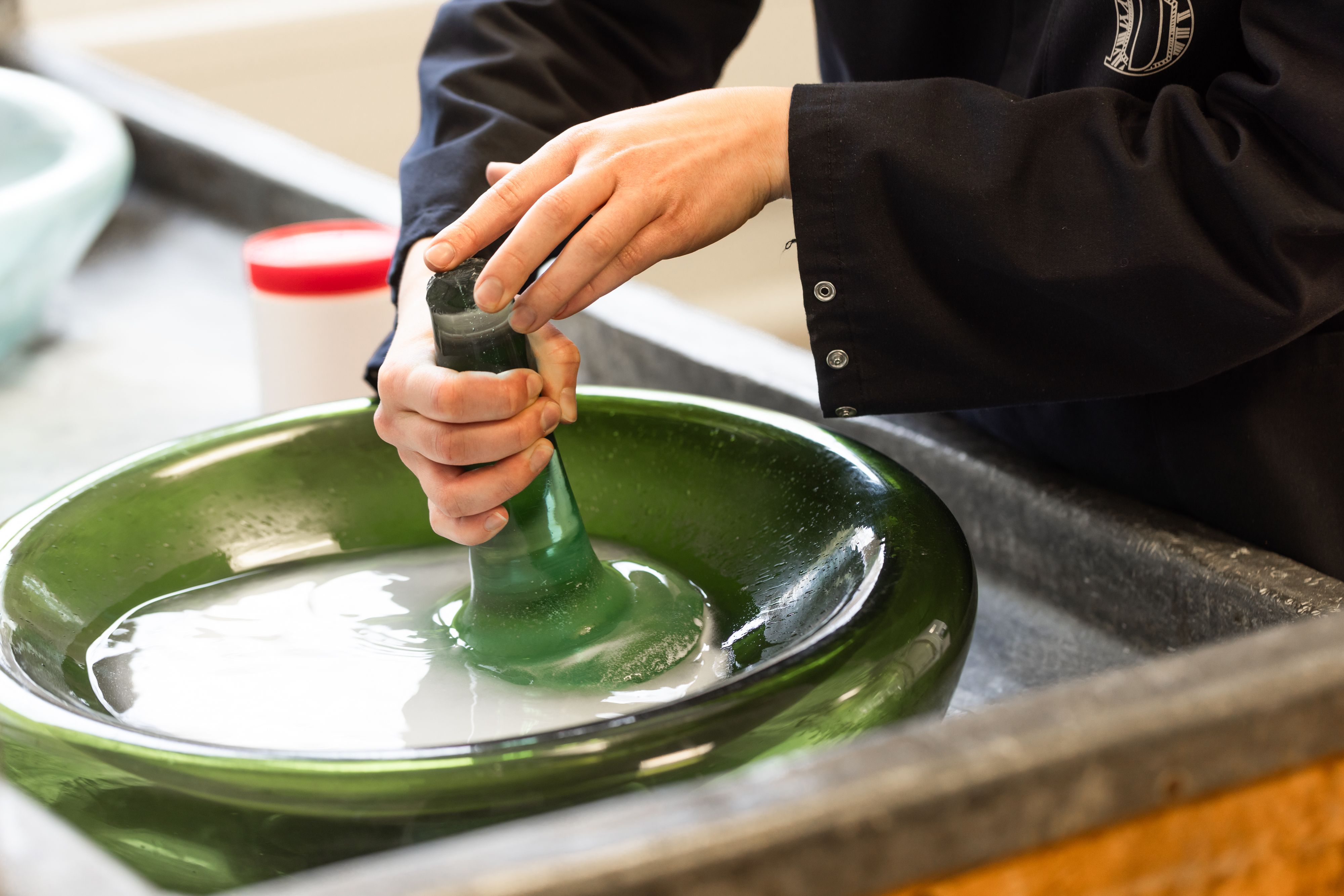Know Your Watches: What Is Grand Feu Enamelling?
The art of watchmaking has long been intertwined with intricate craftsmanship, where every detail is considered a testament to skill and tradition. Among the most revered techniques is the creation of Grand Feu enamel watch dials, a process that blends fine art and technical precision to produce watch faces that are both beautiful and durable. This method, steeped in centuries of history, has become a hallmark of luxury watches. Let’s explore the technique, its history, and notable watch models that use it.
What is Grand Feu Enamelling?
Grand Feu, which translates to "great fire" in French, refers to the high-temperature firing process used in enamel watch dials. Enameling itself involves applying powdered glass to a surface, which is then heated to extreme temperatures until it fuses into a smooth, glass-like finish. In the case of Grand Feu enamel, the firing temperatures can reach up to 800°C to 900°C (1,470°F to 1,650°F). The result is an incredibly durable, vibrant, and timeless finish.

The Grand Feu technique is renowned for producing dials that are lustrous, rich in color, and highly resistant to fading, discoloration, or cracking. This makes Grand Feu enamel dials not only aesthetically stunning but also exceptionally long-lasting.
The History of Grand Feu Enamel in Watches
The use of enamel in decorative arts dates back thousands of years, with early examples found in ancient Egypt and China. However, enamel's use in watchmaking became prominent during the Renaissance, when watchmakers began to use enamel to decorate the faces of pocket watches.
By the 17th century, enamel dials had become particularly popular in France and Switzerland, where watchmakers like Pierre Huaud and Jean Toutin perfected the art of enameling. Grand Feu, specifically, emerged as the most refined form of enamel work, favored for its vibrant colours and resistance to fading. In modern watchmaking, Grand Feu enamel is still a mark of exceptional craftsmanship. Because of the skill and labor required to produce these dials, they are often reserved for high-end luxury watches and limited-edition models.
What is the process of Grand Feu Enamelling?
Creating a Grand Feu enamel dial is a meticulous process that requires time, patience, and a deep understanding of both the materials and the process. Here’s a step-by-step breakdown of how it’s done:
Preparing the Metal Base: The base of the dial is usually made from a metal such as copper, gold, or silver. This metal must be perfectly smooth, as any imperfections would become visible once the enamel is applied. The base is carefully cleaned to ensure no dust or oils remain, as these could interfere with the enamel's adhesion.

Application of Enamel: The enamel used in Grand Feu dials is typically a fine powder made from silica, combined with various metal oxides to create different colors. This powder is mixed with water or an oil-based medium and then applied to the metal base using a fine brush or spatula.
First Firing: Once the enamel is applied, the dial is placed in a kiln and fired at a high temperature. The extreme heat causes the enamel to melt and bond with the metal, creating a smooth, glassy surface. This is where the term "Grand Feu" comes from, referring to the high temperatures used in this process.

Multiple Layers and Firing: In most cases, several layers of enamel are applied to achieve the desired depth and richness of color. Each layer requires a separate application and firing, and between each firing, the dial must be inspected for flaws. A single imperfection can ruin the entire piece, meaning that the artisan must often start from scratch.
Polishing and Finishing: Once all the layers have been applied and fired, the dial is polished to a high shine. Some dials also feature intricate designs, such as numbers or logos, which may be painted or engraved onto the enamel surface.
The key to success in Grand Feu enameling lies in the firing process itself. The temperature must be precisely controlled—too hot, and the enamel will crack; too cool, and the enamel won’t bond properly. Artisans must also carefully manage the timing, as even a few seconds too long in the kiln can ruin the piece. Because of the precision required, Grand Feu enamel is one of the most challenging and time-consuming techniques in watchmaking.
Notable Watches Featuring Grand Feu Enamel Dials
Several prestigious watch brands incorporate Grand Feu enamel dials into their most iconic models, each showcasing the beauty and artistry of this technique.

Jaeger-LeCoultre
Jaeger-LeCoultre has long been associated with fine watchmaking and traditional craftsmanship, and their Reverso collection is a prime example of their dedication to Grand Feu enamel. The dial, with its flawless flipside is an artistic representation of both beauty and precision.
Vacheron Constantin Patrimony
Vacheron Constantin is another brand that frequently uses Grand Feu enamel in its designs. The Patrimony collection features dials with an exquisite enamel finish, highlighting the brand’s dedication to traditional watchmaking techniques.

Grand Feu enamel dials are a perfect blend of artistry and durability, standing as a testament to the skill and patience of the artisans who create them. While it is a time-consuming and complex process, the end result is a dial that is not only visually stunning but also resistant to the effects of time. Whether featured in heritage collections or modern designs, Grand Feu enamel remains one of the most prestigious and sought-after techniques in the world of luxury watchmaking.
No articles found





